How to Rebuild a Katadyn Survivor 35 Desalinator
The email came from the Falkland Islands. “Do you have advice and information about watermakers?” It was from my friends, sailors Thies Matzen and and Kicki Ericson aboard Wanderer III. A new Katadyn Survivor 35, the one they were interested in, costs around $2,400. In this post, I show you how I rebuilt a surplus Katadyn Survivor 35 Desalinatorwatermaker I bought on eBay for $150. It worked fine.
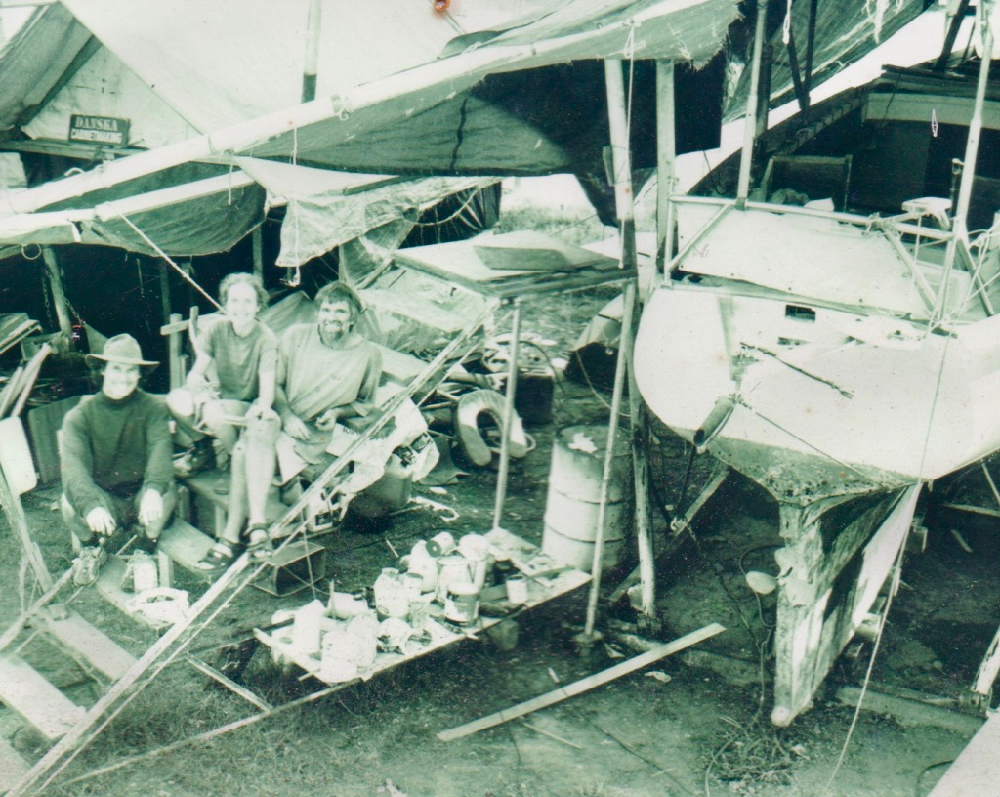
Two years in New Zealand
I met Thies and Kicki in Auckland, New Zealand in 2000 where I was rebuilding my sailboat Sea Bird. They were doing a major refit on their Laurent Giles-designed cutter Wanderer III (yes, that Wanderer III, the one that used to belong to Erick and Susan Hiscock of “Cruising Under Sail” fame.) Progress was slow. It was so slow we ended up renting an apartment together and helping each other out on our respective refits. It was one of the best years of my life.
While in New Zealand I completely rebuilt my sailboat Sea Bird. Here are few pics of the process.
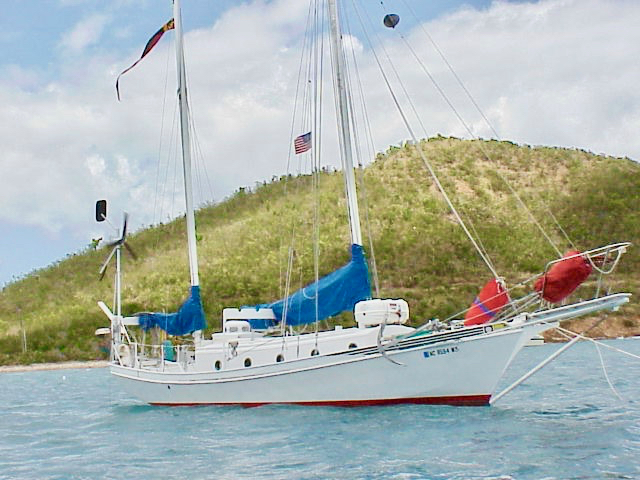
Some More Photos of the Rebuild and New Zealand
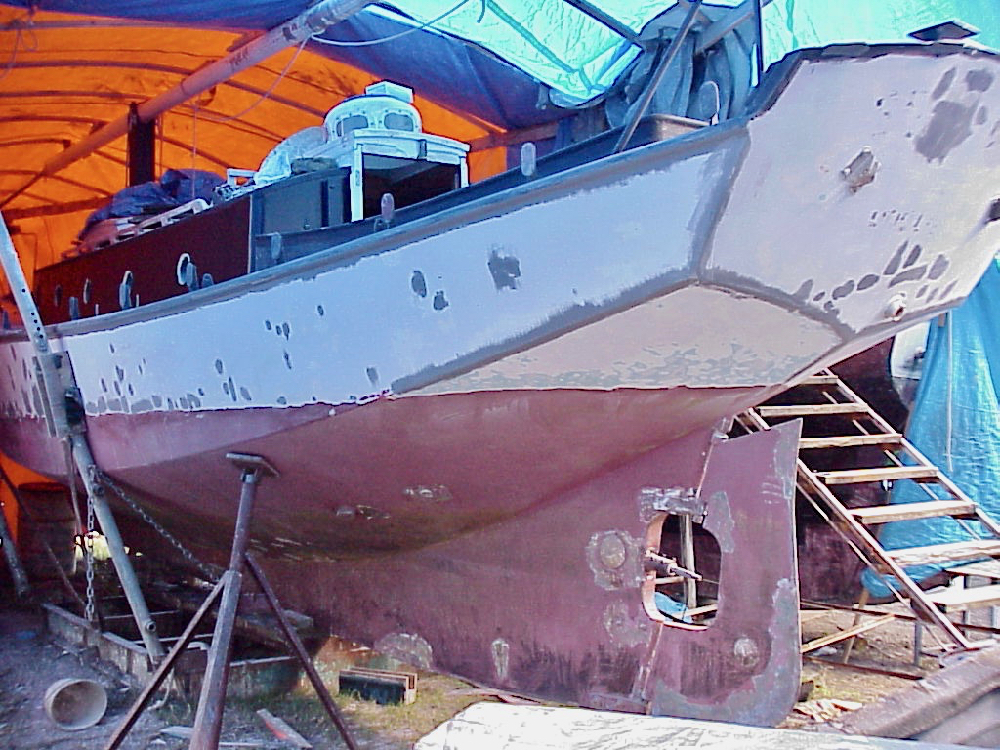
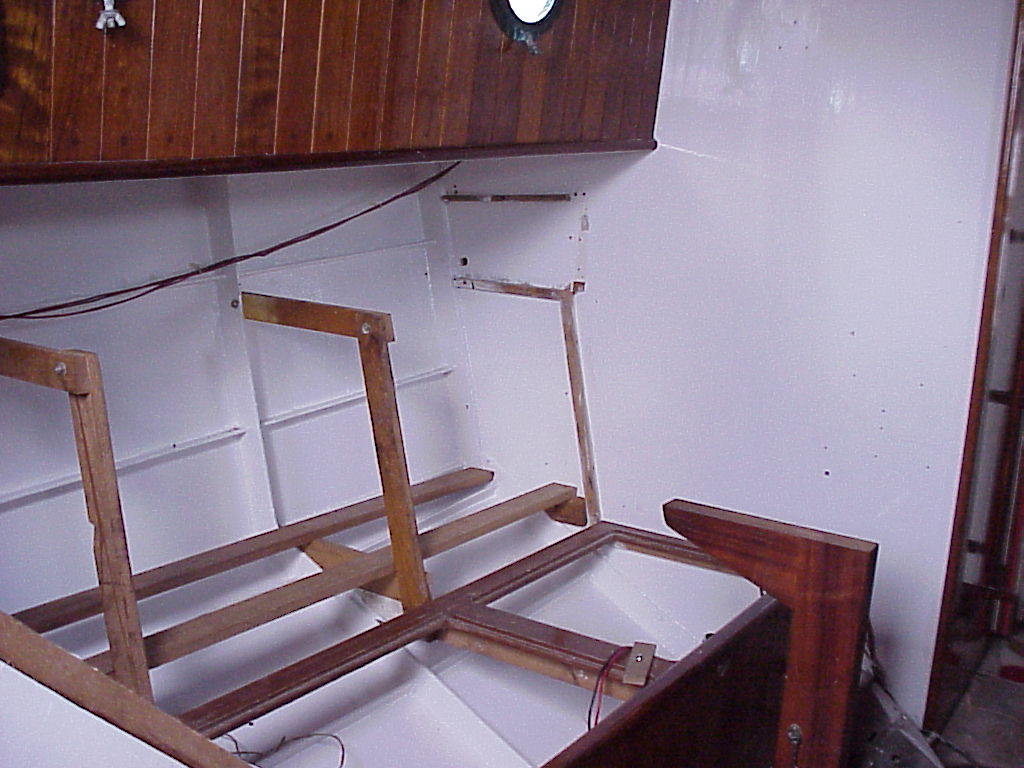
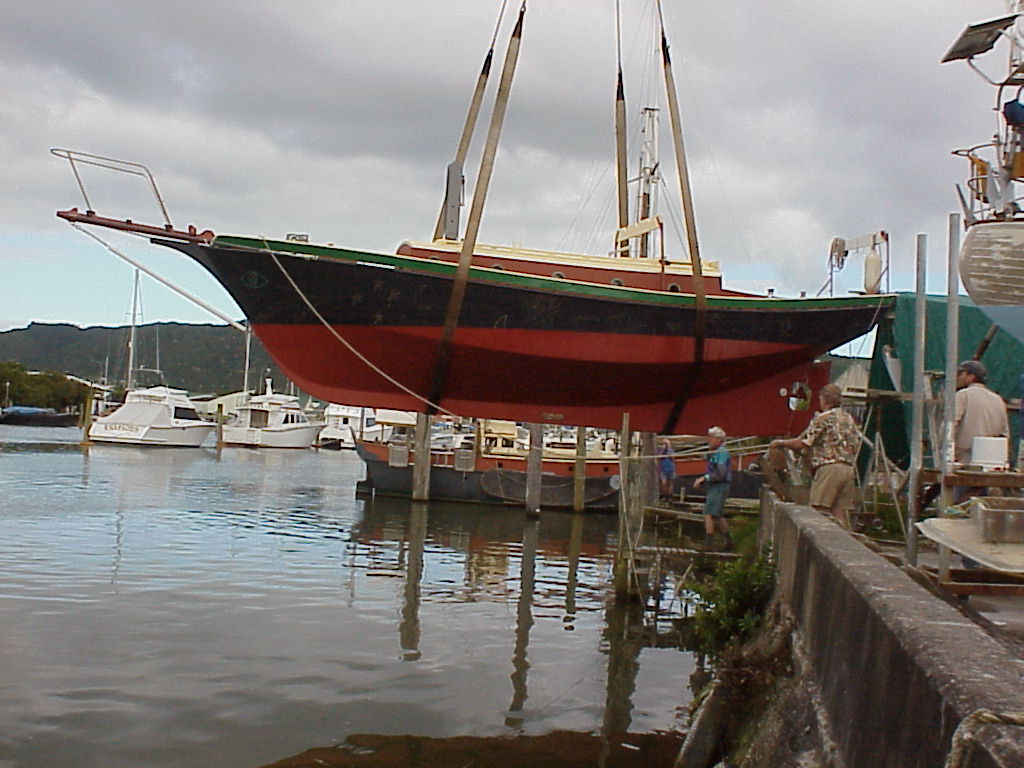
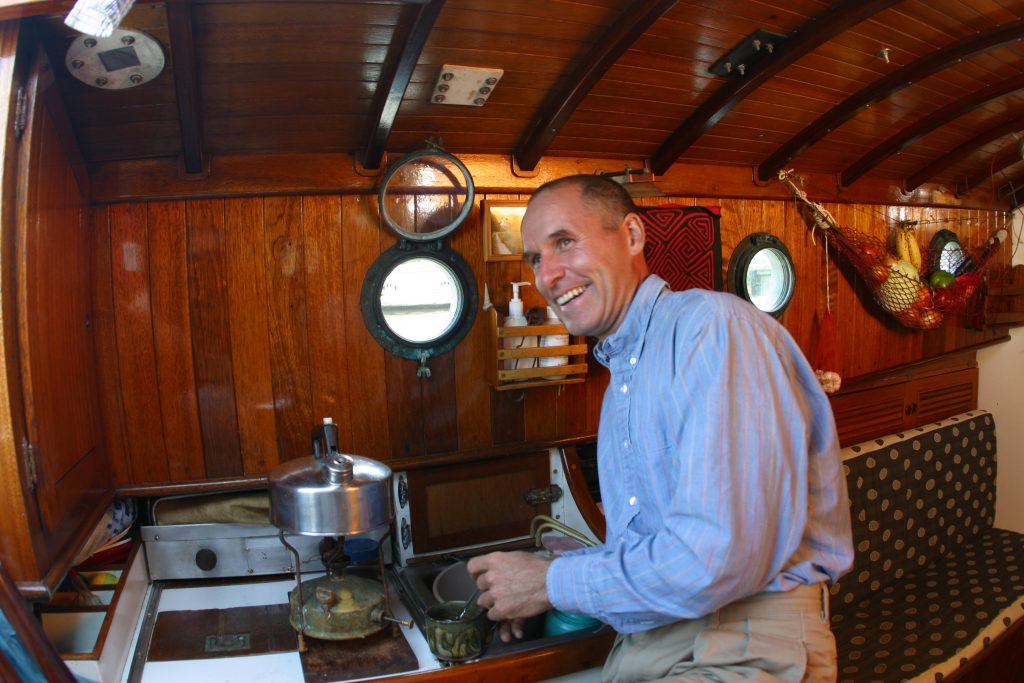
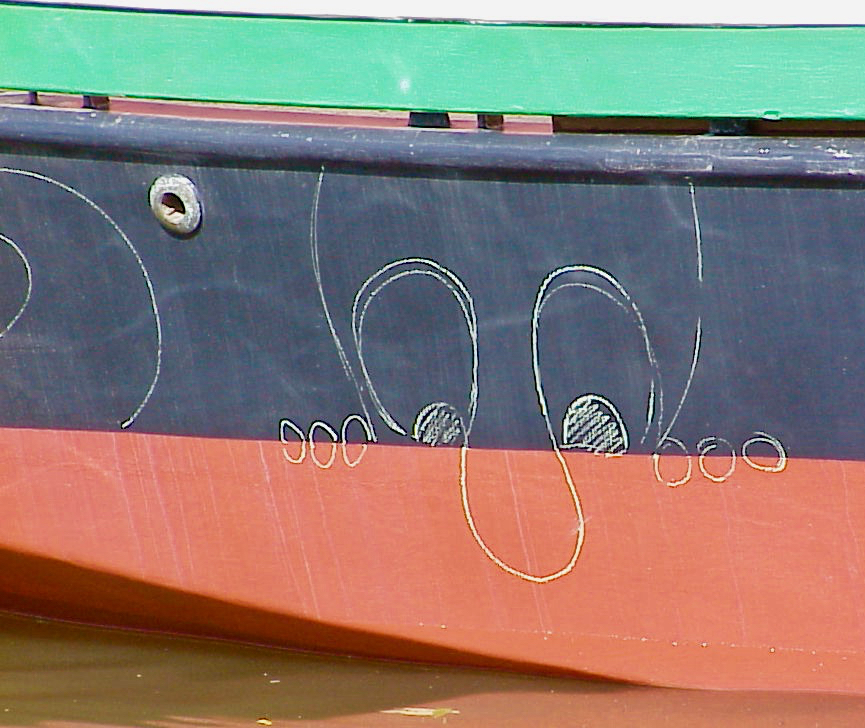
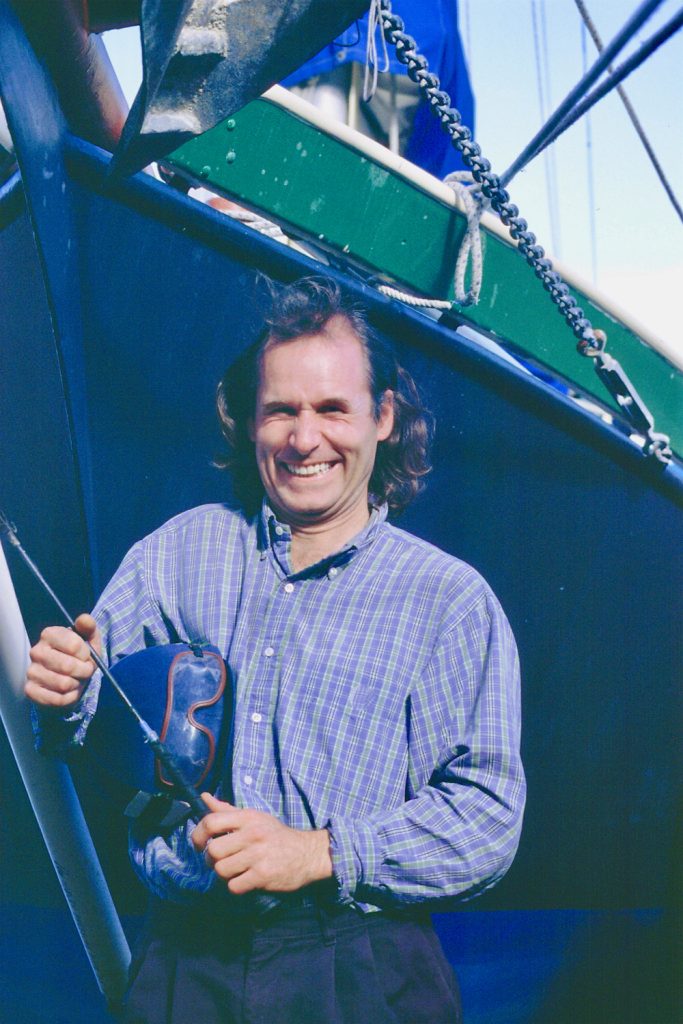
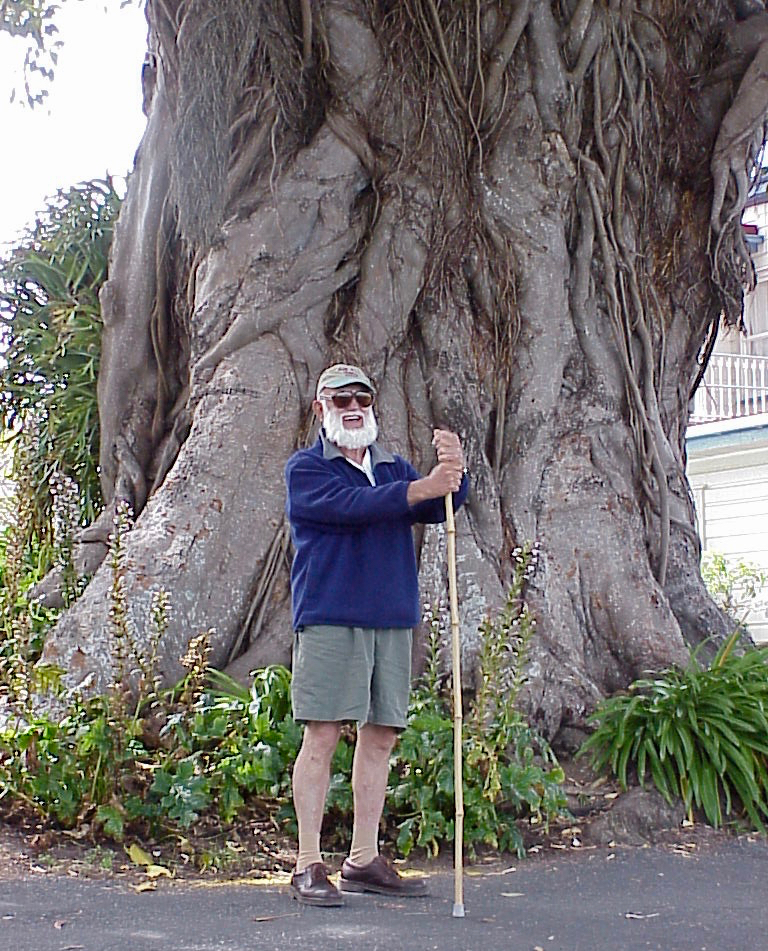
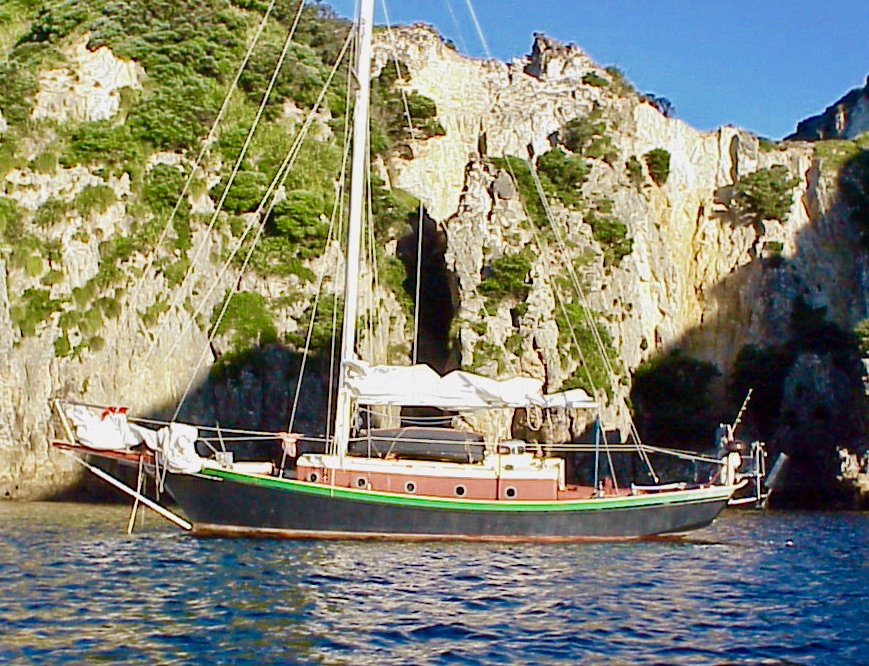
Back to the Desalinator…
After almost 2 years in New Zealand, I sailed Sea-Bird back to North Carolina. Thies and Kicki sailed Wanderer III up to New Caledonia.
They would spend most of the next 20 years sailing the Southern Ocean. They sailed back to one of their favorite haunts, South Georgia, off Antarctica, where they wintered aboard Wanderer III.
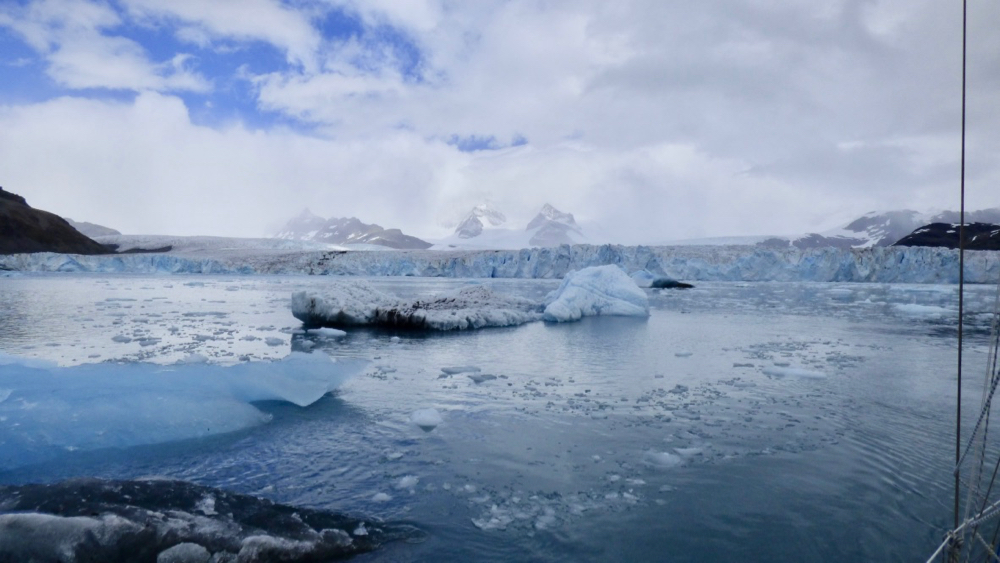
They sailed to Antarctica, becoming one of the smallest wood sailboats ever to sail that far south. Eventually, they returned to the Falklands where they took a caretaking job on a remote island.
In 2011 Thies and Kicki received the Cruising Club of America’s Blue Water Medal for their 135,000 miles of sailing, much of it in the extreme Southern Ocean. Most of their navigating was done without electronics. Only a few years before earning the medal did they bring a GPS aboard Wanderer III.
To Make Fresh Water
Now, almost 2 decades after I’d met them, they were pondering a long sail through the Southern Ocean, from the Falkland Islands to Fremantle, Australia. Or maybe they would explore Patagonia before heading for the Pacific. Carrying enough water aboard their 30′ 3″, almost 70-year-old wood cutter was a challenge. “With that many miles to Fremantle,” they wrote, “we better have a way to make fresh water.”
They’d heard good things about the Katadyn Survivor 35, a manual desalinator capable of producing over a gallon of fresh water from sea water every hour. It was manually operated. Instead of an electric motor, a the user pumped a long handle to provide pressure to the membrane that separated salt water in to drinkable water.
“No problem!” I wrote back.
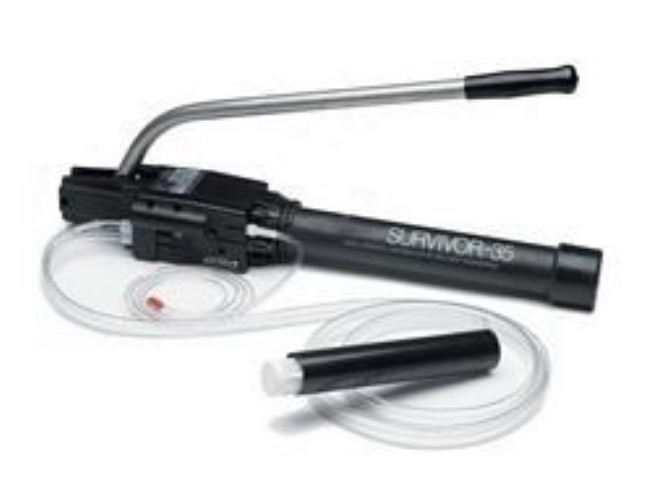
But there was a problem. A new Katadyn Survivor 35 desalinator retails for around $2,400 plus tax and shipping.
Buying a PŪR Desalinator on eBay
The PŪR brand was created by Recovery Engineering, Inc., a Minneapolis-based company. In the 1990s, it shipped thousands of manual desalinators to the government. Many of them ended up on life rafts. In 1999, PŪR was bought by Proctor and Gamble which later sold the PŪR line of desalinators to the Swiss company Katadyn. (FYI: desalinators are sometimes referred to as “watermakers”. Technically, this is impossible as they don’t “make” water. They remove salt from seawater.)
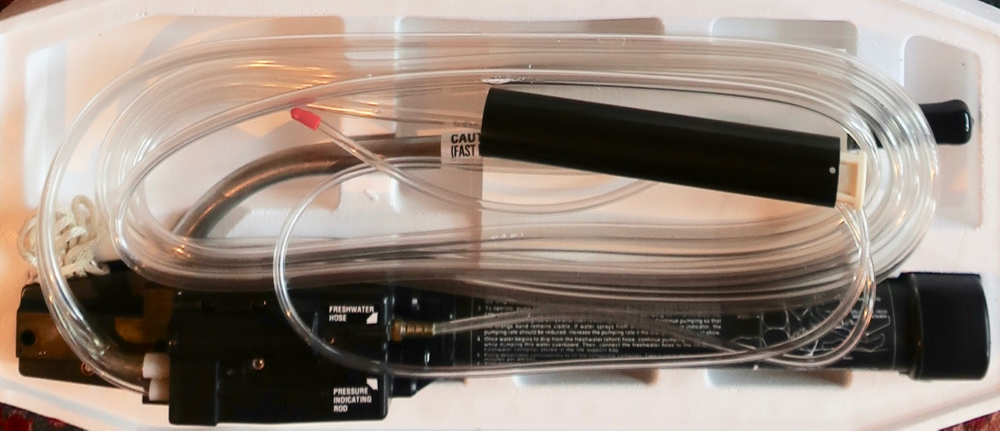
As a testament to the success of the original PŪR desalinator design, the design remained virtually unchanged from the early 1990s to the current Katadyn Survivor 35.
So what happened to the early PŪR units, many of which ended up on life rafts? They wound up on the secondary market, like eBay.
How much were they going for? Under $150.
So the $2,400 desalinators could be had for 1/16th of the price? Why not, pondered my friends, just buy one of these new/old PŪR desalinators on eBay? Then test it out. If it wasn’t deemed reliable, it would have been a pretty cheap screw-up.
Too Good to be True?
It seemed too good to be true. But it wasn’t.
A few years ago, I traveled to the Falkland Islands to visit Thies and Kicki. They were care taking West Point Island, one of the north-western most islands in the Falklands archipelago.
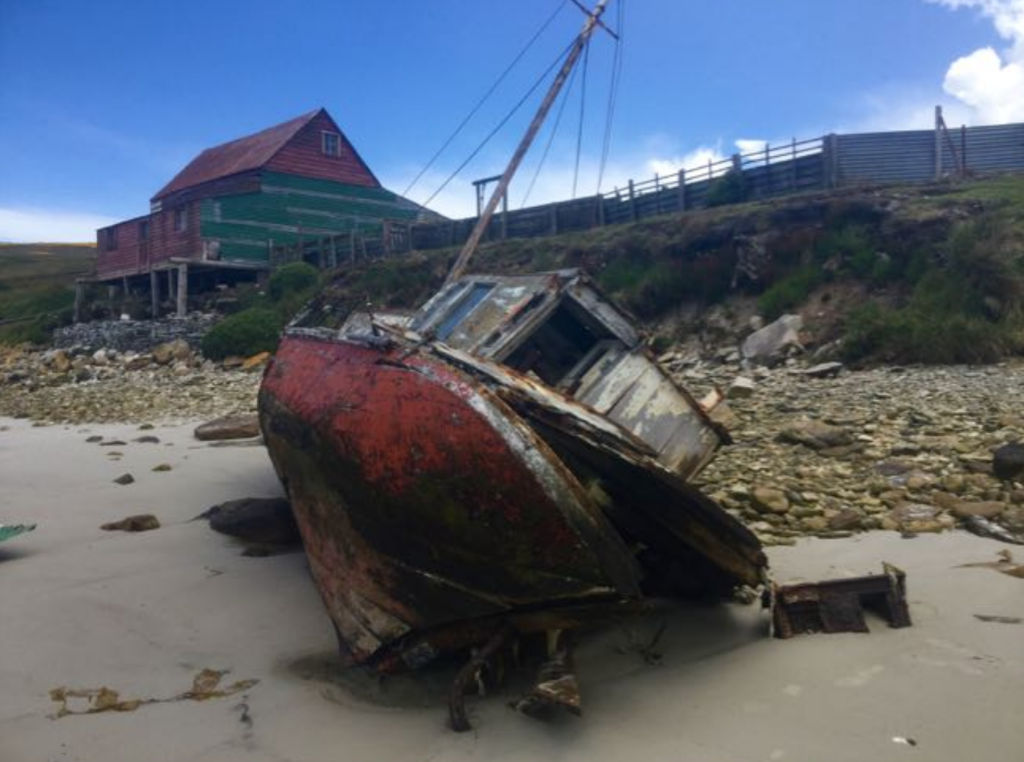
While in the Falklands I met a farmer and sailor named Andrez Short. He’d recently bought a sailboat, Fiddler’s Green, in Oriental, North Carolina. Andrez was planning to fly to North Carolina with his son Thomas, then, along with another friend, sail his new boat back to the Falkland Islands.
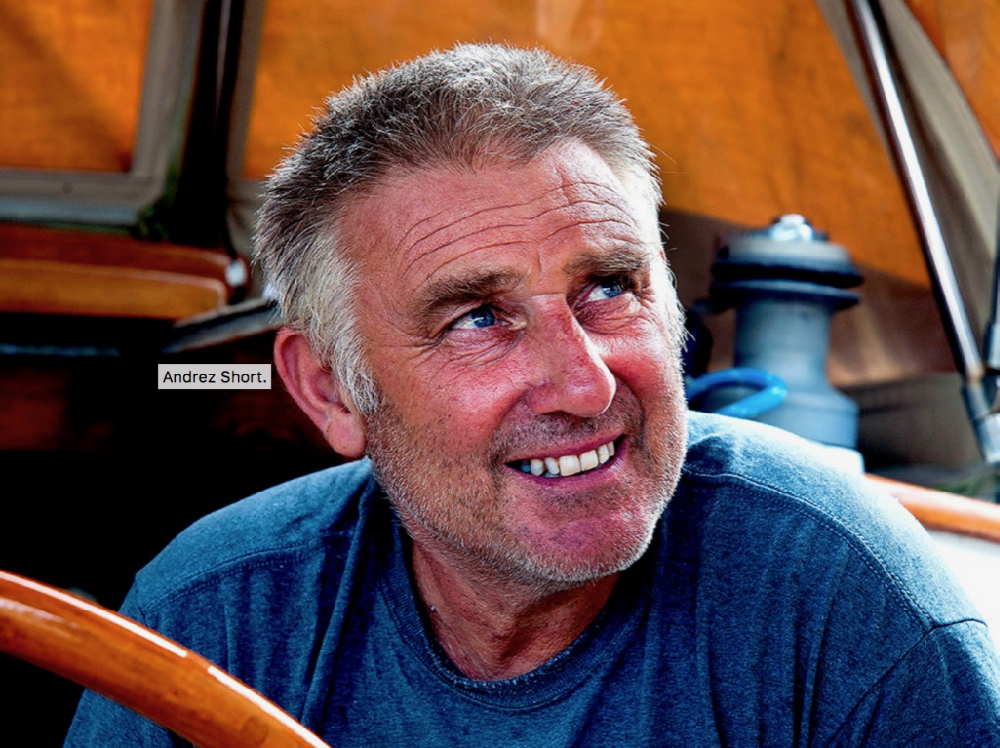
Before leaving, Andrez bought one of the surplus PŪR desalinators I’d seen online. He tested it out. It worked fine. He took along a spare membrane in case he needed one.
Then he sailed home to the Falkland Islands.
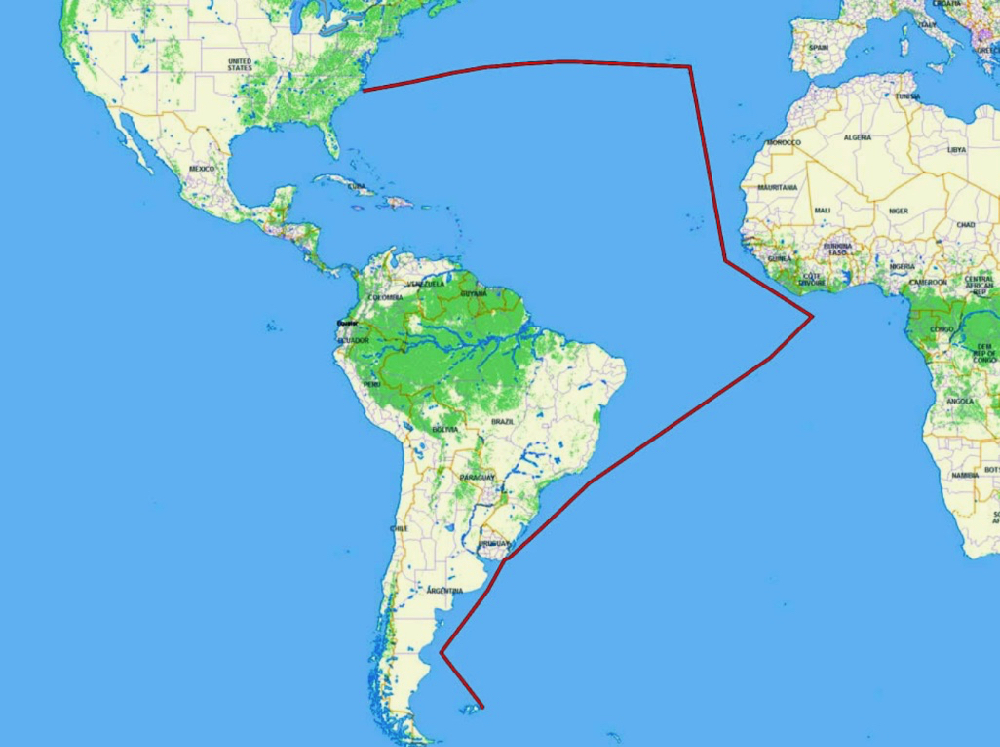
The surplus desalinator performed just fine.
May Require new Membranes
That was good enough for me. So I bought 2 surplus PŪR desalinators on eBay for $129 each. The plan was to inspect them thoroughly and then send them to my friends.
No sooner than I clicked “Buy Now” than I received the following message from the seller.
Thank you for your purchase. It is important to know that you actually read the listing and understand that although these units are new old stock they have been in storage and may require new membranes and/or hoses as stated in the listing. It is not recommended to simply slap them on a boat that is making a long voyage. The desalinators may be in just fine shape for usage but they also may not – you as the end user need to ensure that they are. We will not ship these units unless we know that it is understood that you may need to replace membranes and/or hoses before usage.
The seller would only ship the desalinator after I agreed that, yes, I understood this thing could leave me thirsting to death if I relied on it without testing it first.
I wrote back saying I understood. Three days later my desalinators arrived.
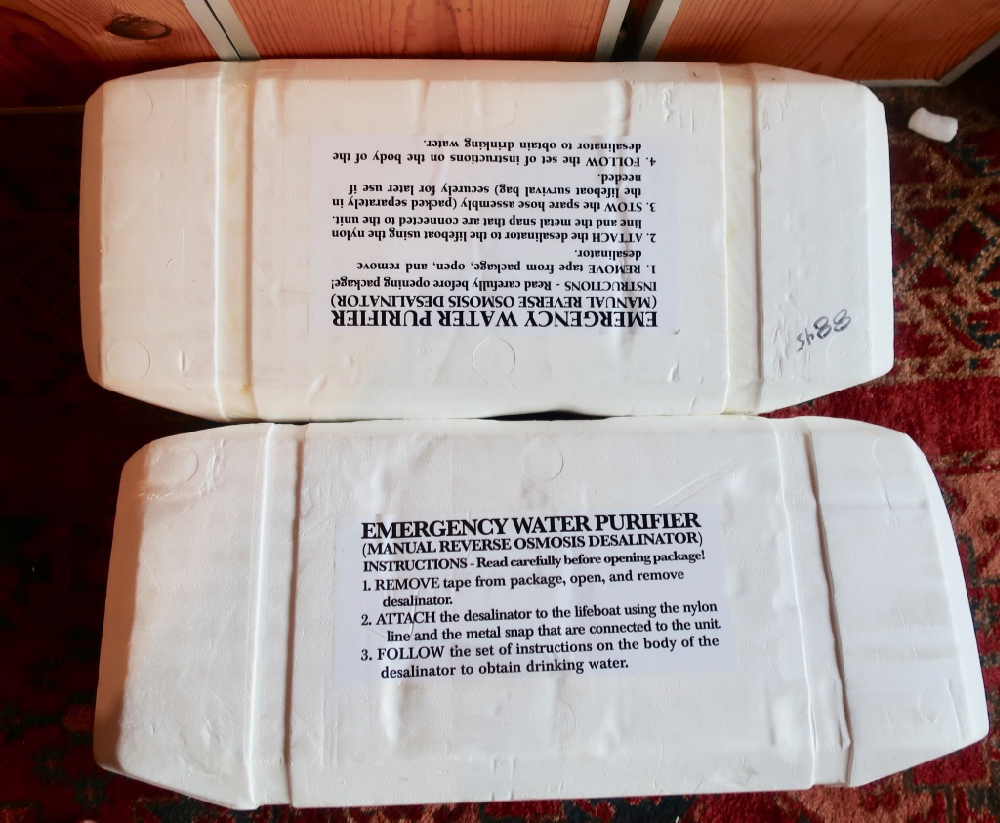
Now the real work started.
Rebuilding a PŪR/Katadyn Survivor 35 Desalinator
I opened the hard foam containers the desalinators came in to check them out. From the date of manufacture on one of the units, I saw they were over 25 years old. They looked in fine shape, though. Aside from some discolored tubing, they looked pretty much unused.
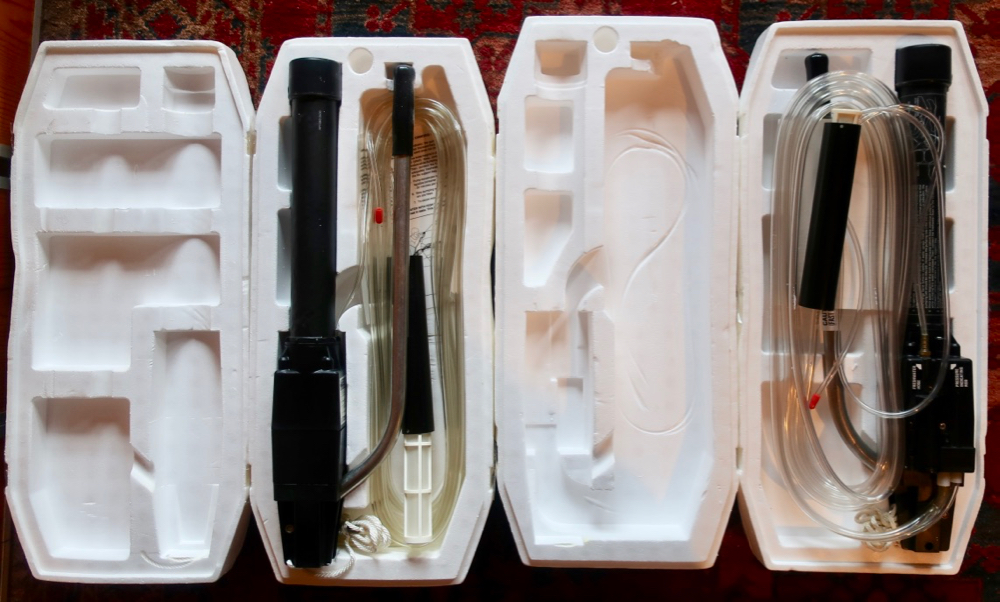
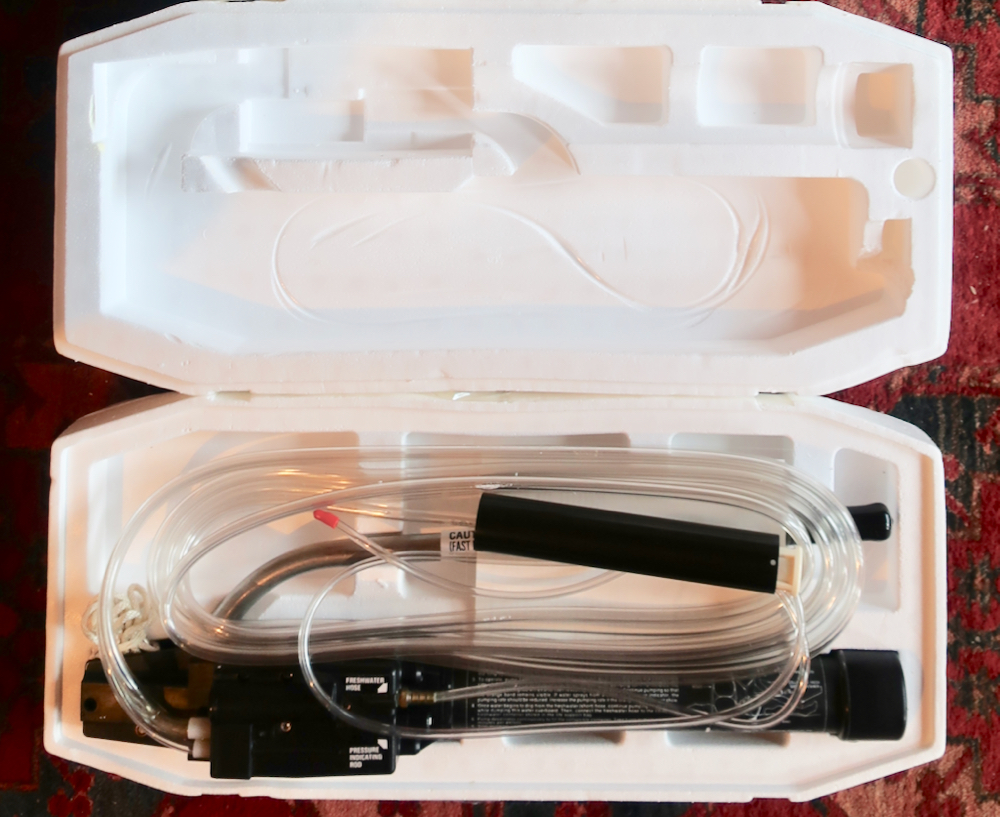
So far so good. But I wouldn’t have relied on them, especially as my only source of water, like in a life raft.
How to Make Saltwater
Over time, seals dry up. Tubing cracks. Plus, I didn’t trust that the membrane still worked. The membrane is the heart of the desalinator unit. It’s about the same size as a roll of paper towels. The desalinator pumps sea water – salt water – through the membrane at high pressure. About 90% of the salt water is returned to the ocean through a return tube.
But the membrane separates some of the saltwater into freshwater which runs down another tube to a collection container such as a plastic jug.
To see if the surplus desalinators still worked, I mixed up a batch of salt water that would closely resemble seawater. Sea water is about 3.5% salt by weight which comes to around 4.5 ounces of salt per gallon of seawater. My recipe was:
- 2 gallons of distilled water. I used distilled water because the minerals in spring water and the chlorine in municipal water can damage the membrane.
- 9 ounces of sea salt
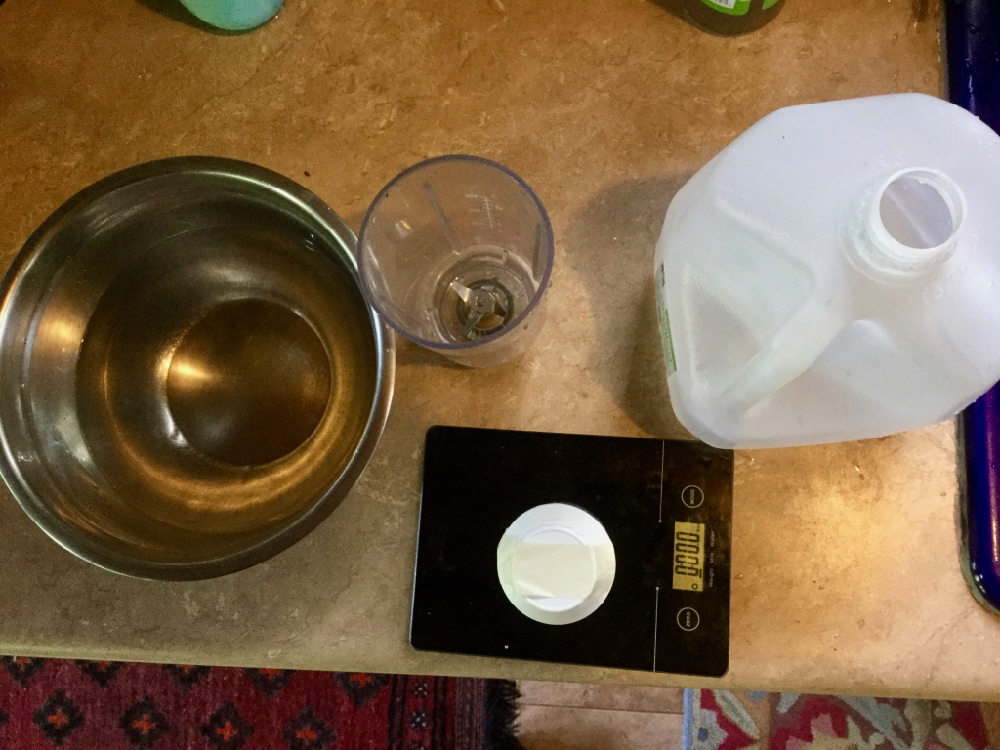
Presto! For $3, I’d created a tiny ocean. Now it was time to test out the desalinators. If the initial tests went well, I would rebuild one of the two for my friends. The other, I would send along for spare parts.
What follows is a series of photos I took showing how I tested and rebuilt my friends’ desalinators.
The Test and Rebuild
When I tested them out, both desalinators leaked. This didn’t concern me. I’d bought a rebuild kit and had planned to rebuild them before I shipped them off to my friends. Here are some photos from the rebuild.
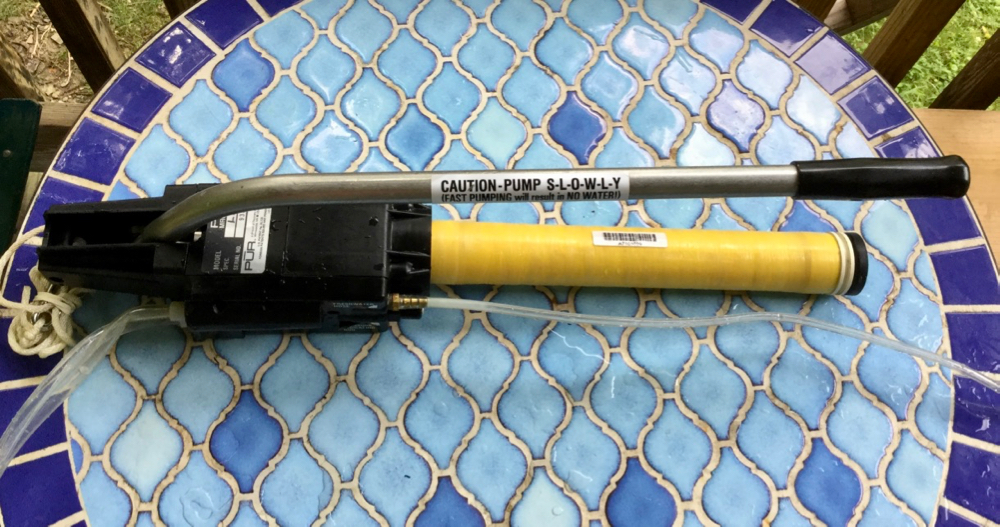
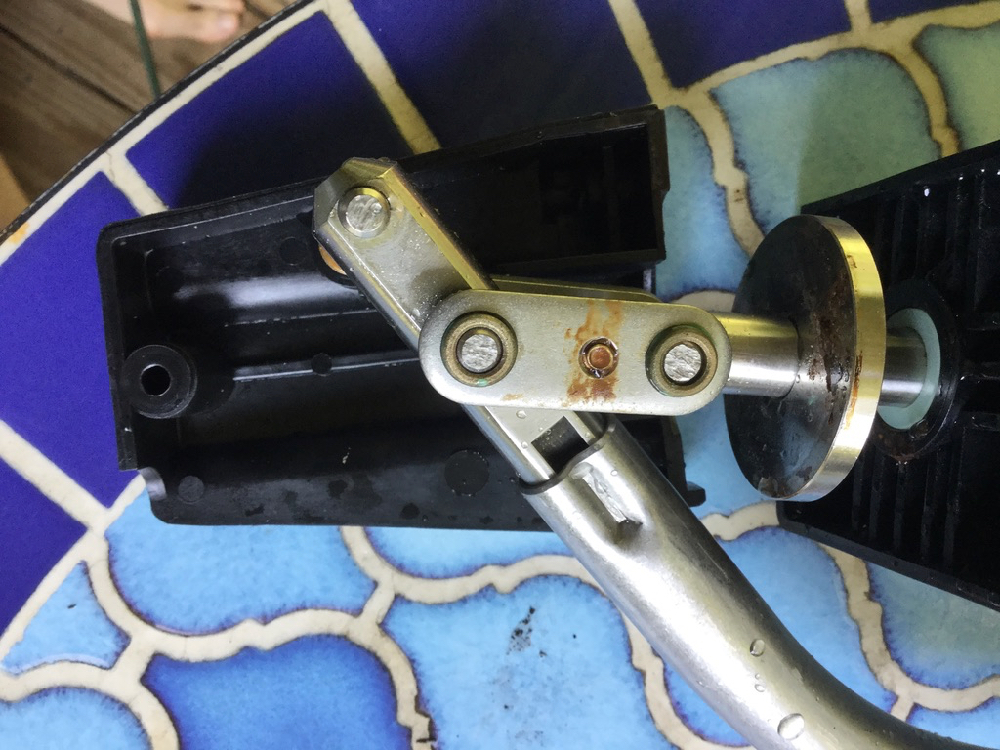
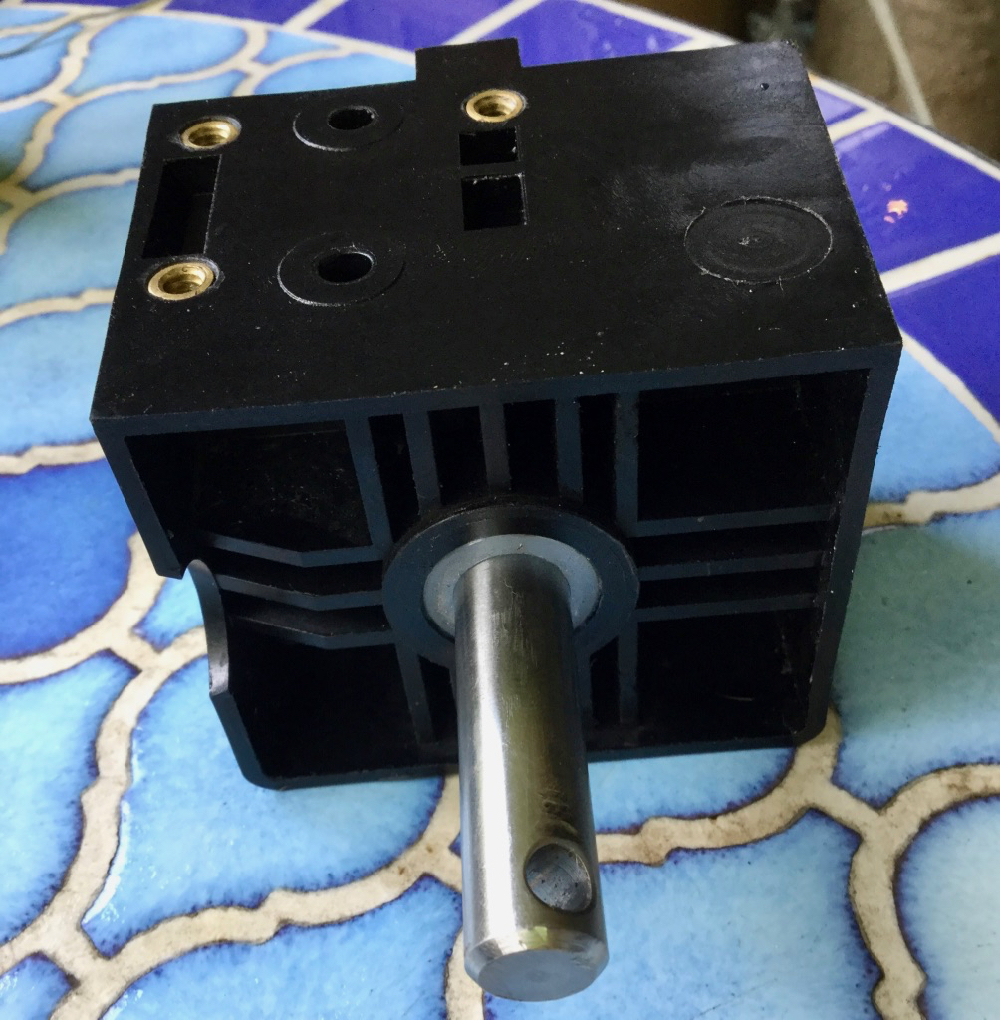
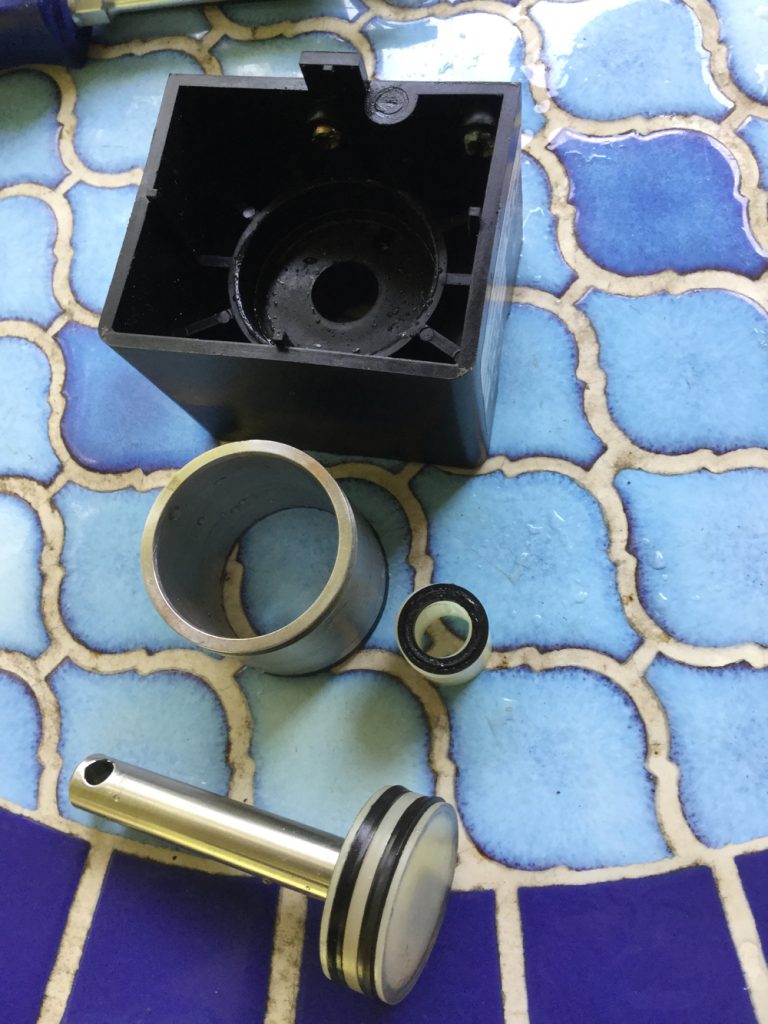
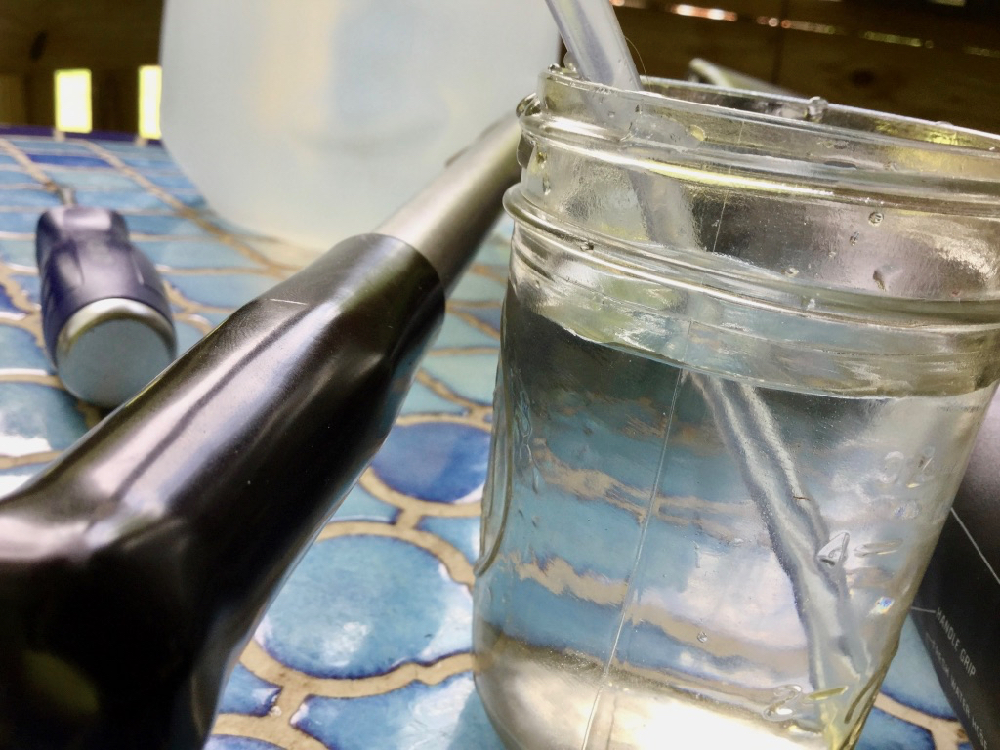
How it all Worked Out
With all the seals, poppets, and shaft guide replaced, I tested out the rebuilt desalinator. I put the intake tube into my bucket of salt water and started pumping vigorously.
No leaks. Good!
But no water either. Bummer.
Then I heeded the directions on the handle. “Pump Slowly” they instructed. And it worked. Stroke after stroke, tiny dribbles of water dripped from the freshwater tube. Then I tasted the water.
Whew! Salty! Crap, it didn’t look like the unit, specifically, the membrane, was working. Maybe it needed replacing. But before I sprang the hundreds of dollars to buy a new one from Katadyn, I pumped some more.
The second pint of water tasted fine, with only a subtle, hose-y aftertaste, like the water came out of a garden hose. The third pint tasted fine and, briefly, I pondered adding some Jack Daniel Black Label to celebrate.
Unit #2 and Boiled O-rings
After I rebuilt the first unit, which I called Unit #1, I tackled the second desalinator, Unit #2.
Initially, Unit #2 leaked from under the pump handle. I tightened the hex head screw above the leak, hoping to compress the O-rings I suspected of leaking. That didn’t work.
So I unscrewed the cover and removed the quarter-century-old O-ring. They were brittle and flat, clearly not doing their job. To plump them back up, I boiled them for 10 minutes. Then I assembled the unit, let it sit overnight and re-tested it. It worked fine.
But boiling an egg for 10 minutes is okay. Boiling vital parts on a piece of equipment that might save your life… less so. Still, even though Unit #2 was destined for spare parts, I wanted to see if I could get it to work. So I went to the hardware store, found the same O-rings, and popped them in.
Voila. It worked. Would I stow it away in a liferaft for emergency use? No. But it showed me that, in a pinch, there was generally a way to tease most stuff back into working.
Pickling the Membrane
When desalinators aren’t actively in use, they need to be pickled. Pickling a desalinator is simply replacing the salt water in the unit, especially the membrane, with a liquid that inhibits bacterial growth. I made my pickling solution with Katadyn pickling powder.
Here are some photos of how that went.
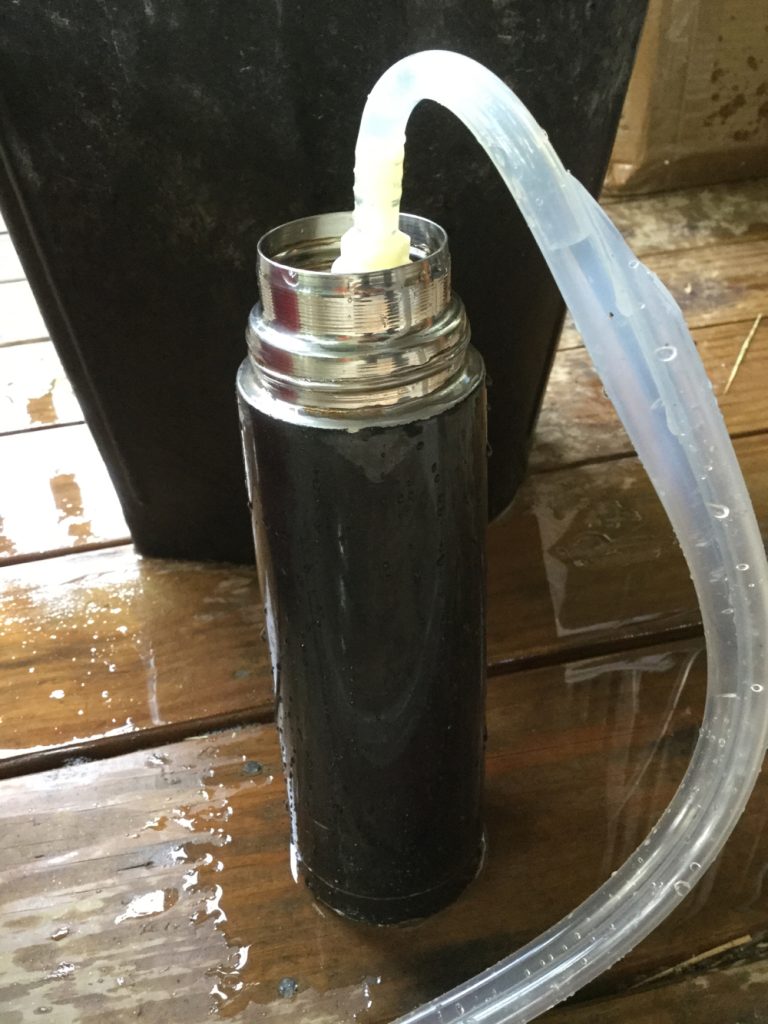
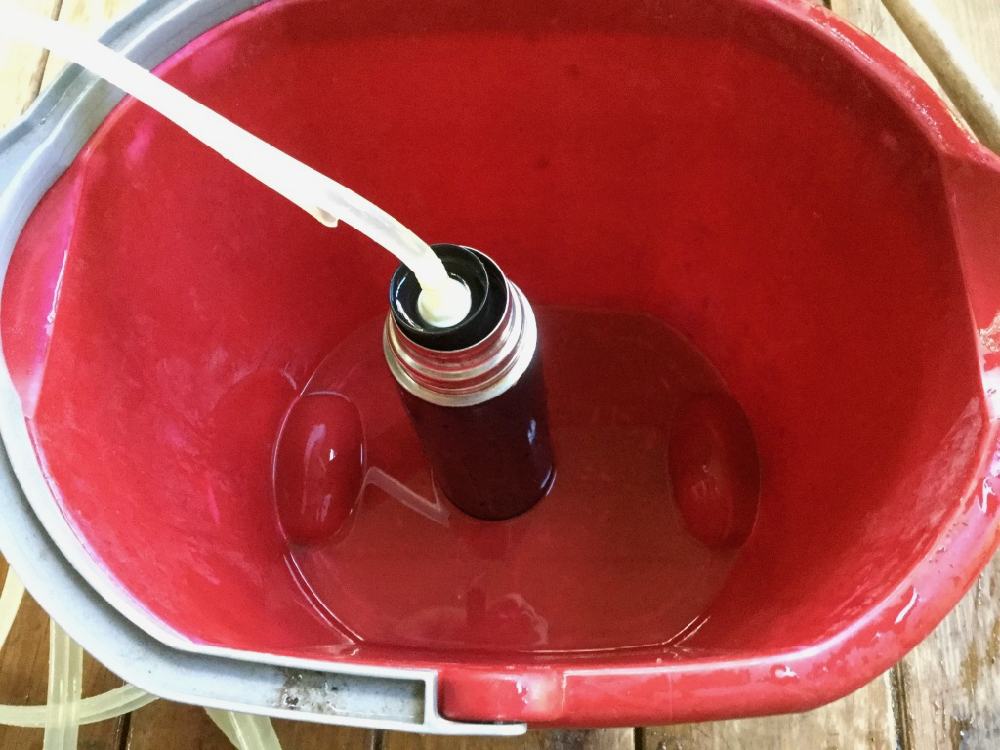
One of the things Thies and Kick wanted was a spare membrane for their desalinator. Instead of buying a new one for about $300, we decided they would use the one from Unit #2.
Because room was tight aboard their boat, instead of bringing along the entire spare desalinator, they would only bring the membrane.
Thing is, desalinator membranes shouldn’t dry out. If they do, they may not work anymore. I know. The membranes on the desalinators I rebuilt had probably been dried out for years. And they worked. Still, we didn’t want to take our chances so I built a storage tube to keep the spare membrane moist.
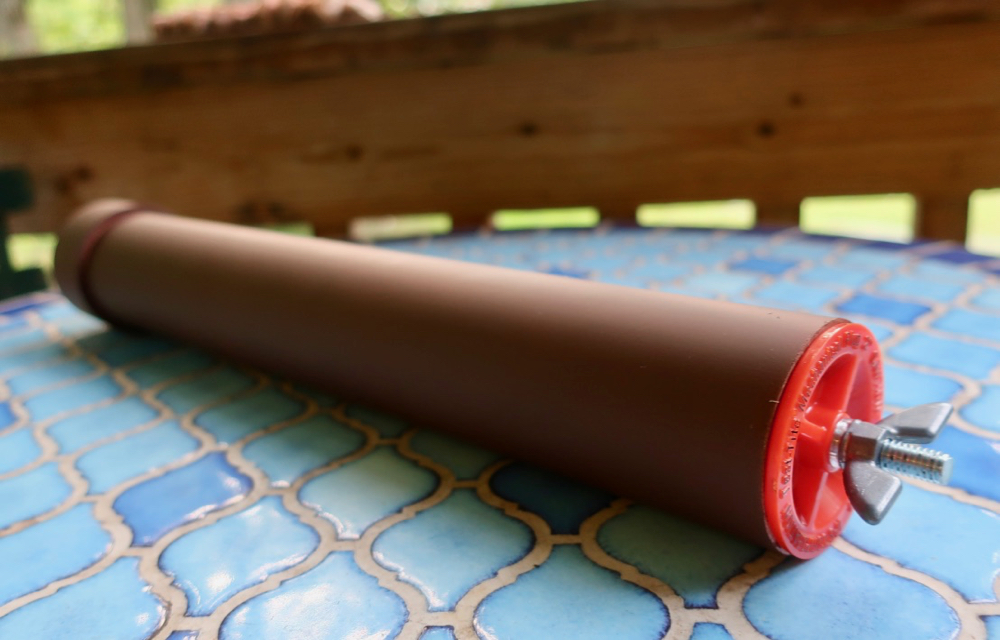
Word of Caution
Would I trust my life, say, in a lifeboat, to one of these surplus desalinators? Sure I would. But only if I rebuilt and thoroughly tested and maintained it. Then I’d consider it as good as new.
No, I sure as hell wouldn’t buy one of these surplus units and stow it away in a life raft expecting it to work in an emergency. There’s a reason the seller I bought mine from followed up with a disclaimer message to the effect of, “this is an old, surplus desalinator. It may work. It may not work. You may have to replace the membrane, tubing, and other parts. Beware. Don’t be an idiot. Use at your own risk.”
If you don’t feel up to rebuilding a surplus unit, you may be better off springing for a new one.
Takeaway
What I enjoyed most about this project was helping out my longtime friends Thies and Kicki. I was honored that they would trust me to test and rebuild a piece of equipment their life might depend on.
I also enjoyed removing the shroud of mystery that surrounded water makers. I’d always seen them as quasi-magical like electronics and parachutes that are best serviced by experts. I’d carried a much smaller emergency desalinator on Sea Bird but never quite trusted it because I was afraid to use it.
Testing and rebuilding these desalinators changed all that. I now feel 100% comfortable tearing one down and would trust one with my life.
More on Thies and Kicki
For more on Thies and Kicki’s years in South Georgia, check out their wondrous book Antarktische Wildnis available here.






Hi Bernie, lending ” To Proud to ride a Cow, to a good friend. She is training a horse for me. I’ll never ride him. Bear passed away a year ago and I haven’t ridden much since. Very sad.
Saw that you have been up to no good as usual. 🙂 Having too mush fun. you sure do meet the most interesting folks.
Jill has evacuated her home in CA. She is staying near the stable in Watsonville. Has two hounds and 3 cats and life is good most of the time.
Jeff is busy being a handy man and very good at it.
I am still in S.P. having built my own barn for Bear and Panda. They weren’t hear long. Panda was 30. Bear went very lame and was only 23. But I am a top level Ballroom Dancer now. Two Gold Trophys. 🙂 I very good. 🙂
.Miss you always, Joanie
Joanie! What a lovely surprise hearing from you after all these years and rambles. Fun to look back at how you witnessed all the preps for the various trips I started at Mel’s.
Amazing to heard that Bear was around until last year.
Julia and I plan to swing by Southern Pines once Covid eases up to make that possible. You’ll have to take us ball room dancing (or at least show us the Gold Trophys).
Sure was great hearing from you Joanie.
Bernie